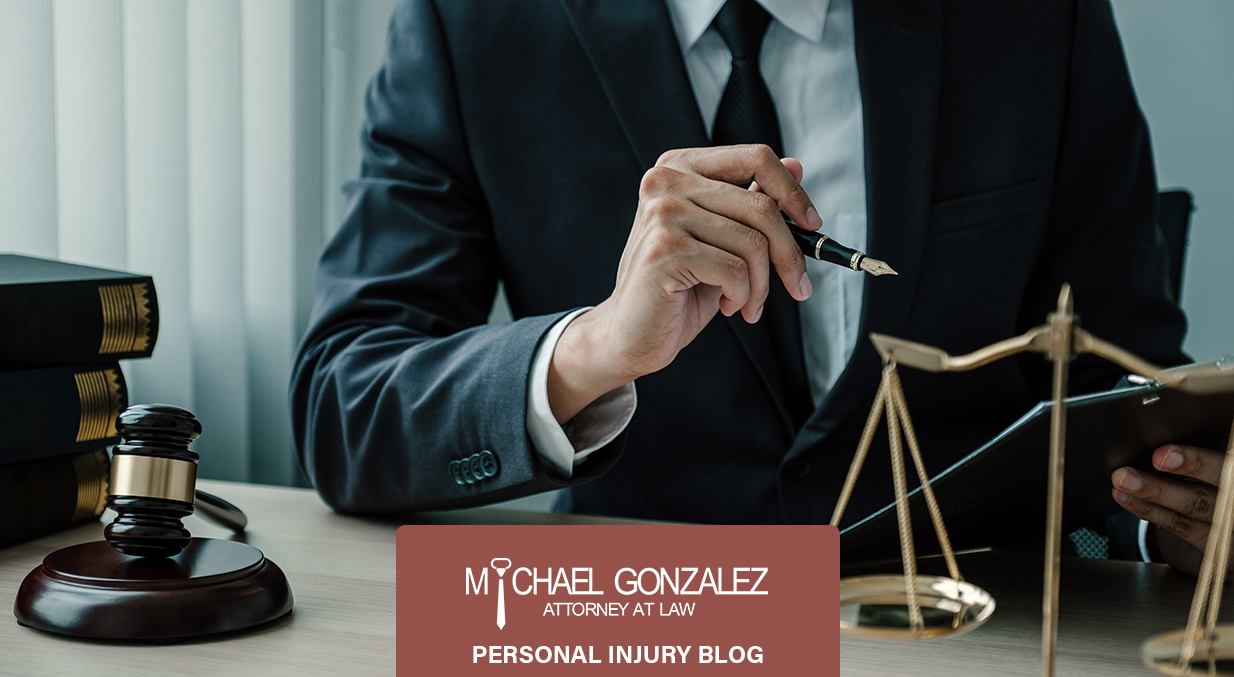18-wheeler vehicles, also known as semi-trucks or tractor-trailers, have large blind spots that can pose a significant safety risk to other drivers on the road. These blind spots are commonly referred to as “no-zones.” It’s important for drivers to be aware of these no-zones and to take extra caution when driving near an 18-wheeler.
There are four main no-zones around an 18-wheeler:
- The front no-zone: The area directly in front of the 18-wheeler is a no-zone because the driver may not be able to see a vehicle in this area. This is especially true when the 18-wheeler is making a turn.
- The rear no-zone: The area directly behind the 18-wheeler is also a no-zone. This is because the 18-wheeler has a large trailer that blocks the driver’s view.
- The left side no-zone: The area alongside the left side of the 18-wheeler is a no-zone because the driver may not be able to see a vehicle in this area. This is especially true when the 18-wheeler is making a left turn.
- The right side no-zone: The area alongside the right side of the 18-wheeler is also a no-zone. This is because the driver sits on the left side of the cab and may not be able to see a vehicle in this area.
It’s important for drivers to be aware of these no-zones and to take extra caution when driving near an 18-wheeler. If you’re driving next to an 18-wheeler, it’s a good idea to stay at least one car length away for every 10 mph of speed. This will help ensure that you’re visible to the 18-wheeler driver and that you have enough space to react to any sudden movements.
In conclusion, 18-wheeler vehicles have large blind spots, also known as no-zones, that can pose a significant safety risk to other drivers on the road. It’s important for drivers to be aware of these no-zones and to take extra caution when driving near an 18-wheeler. If you’ve been involved in an 18-wheeler accident due to the driver’s blind spots, it’s important to seek the advice of an experienced 18-wheeler accident lawyer. At our law firm, we have extensive experience handling 18-wheeler accident cases and can help you understand your rights and options. Contact us today for a free consultation.

